| [1] Bajaj P, Schweller RM, Khademhosseini A, et al. 3D biofabrication strategies for tissue engineering and regenerative medicine. Annu Rev Biomed Eng. 2014;16:247-276. [2] Murphy SV, Atala A. 3D bioprinting of tissues and organs. Nat Biotechnol. 2014;32(8):773-785. [3] Mironov V, Visconti RP, Kasyanov V, et al. Organ printing: tissue spheroids as building blocks. Biomaterials. 2009;30(12):2164-2174. [4] Seol YJ, Kang HW, Lee SJ, et al. Bioprinting technology and its applications. Eur J Cardiothorac Surg. 2014;46(3):342-348. [5] Collins SF. Bioprinting is changing regenerative medicine forever. Stem Cells Dev. 2014;23 Suppl 1:79-82. [6] Haider A, Gupta KC, Kang IK. PLGA/nHA hybrid nanofiber scaffold as a nanocargo carrier of insulin for accelerating bone tissue regeneration. Nanoscale Res Lett. 2014;9(1):314. [7] Jiang W, Gupta RK, Deshpande MC, et al. Biodegradable poly(lactic-co-glycolic acid) microparticles for injectable delivery of vaccine antigens. Adv Drug Deliv Rev. 2005;57(3):391-410. [8] Shive MS, Anderson JM. Biodegradation and biocompatibility of PLA and PLGA microspheres. Adv Drug Deliv Rev. 1997;28(1):5-24. [9] 刘峰,孙健,李亚莉,等.骨形态发生蛋白2壳聚糖纳米缓释载体的制备及性能测定[J].上海口腔医学, 2015,24(2): 147-150. [10] 解京森,孙健,李亚莉,等.甲壳素/海藻酸钠-纳米羟基磷灰石多孔复合支架材料的实验研究[J].现代生物医学进展, 2014,14(10):1834-1838. [11] Govender S, Csimma C, Genant HK, et al. Recombinant human bone morphogenetic protein-2 for treatment of open tibial fractures: a prospective, controlled, randomized study of four hundred and fifty patients. J Bone Joint Surg Am. 2002;84-A(12):2123-2134. [12] Kato M, Toyoda H, Namikawa T, et al. Optimized use of a biodegradable polymer as a carrier material for the local delivery of recombinant human bone morphogenetic protein-2 (rhBMP-2). Biomaterials. 2006;27(9):2035-2041. [13] McKay WF, Peckham SM, Badura JM. A comprehensive clinical review of recombinant human bone morphogenetic protein-2 (INFUSE Bone Graft). Int Orthop. 2007;31(6):729-734. [14] White AP, Vaccaro AR, Hall JA, et al. Clinical applications of BMP-7/OP-1 in fractures, nonunions and spinal fusion. Int Orthop. 2007;31(6):735-741. [15] Fahmy RA, Mahmoud N, Soliman S, et al. Acceleration of Alveolar Ridge Augmentation Using a Low Dose of Recombinant Human Bone Morphogenetic Protein-2 Loaded on a Resorbable Bioactive Ceramic. J Oral Maxillofac Surg. 2015;73(12):2257-2272. [16] Olszta MJ, Cheng X, Jee SS, et al. Bone structure and formation: A new perspective. Mater Sci Eng R Rep. 2007;58(3):77-116. [17] 曹雪飞,宋朋杰,乔永杰,等.3D打印骨组织工程支架的研究与应用[J].中国组织工程研究, 2015,19(25): 4076-4080. [18] Chen SH, Lei M, Xie XH, et al. PLGA/TCP composite scaffold incorporating bioactive phytomolecule icaritin for enhancement of bone defect repair in rabbits. Acta Biomater. 2013;9(5):6711-6722. [19] Liao CJ, Chen CF, Chen JH, et al. Fabrication of porous biodegradable polymer scaffolds using a solvent merging/particulate leaching method. J Biomed Mater Res. 2002;59(4):676-681. [20] Betz MW, Yeatts AB, Richbourg WJ, et al. Macroporous hydrogels upregulate osteogenic signal expression and promote bone regeneration. Biomacromolecules. 2010;11(5):1160-1168. [21] Olszta MJ, Cheng X, Sang SJ, et al. Bone structure and formation: A new perspective. Mater Sci Eng R Rep. 2007;58(3):77-116. [22] Middleton JC, Tipton AJ. Synthetic biodegradable polymers as orthopedic devices. Biomaterials. 2000; 21(23):2335-2346. [23] Wu XD, Song XF, Li DS, et al. Preparation of Mesoporous Nano-Hydroxyapatite Using a Surfactant Template Method for Protein Delivery. J Bionic Eng. 2012;9(2):223-233. [24] Gao TT, Kong M, Cheng XJ, et al. A thermosensitive chitosan-based hydrogel for controlled release of insulin. Front Mater Sci. 2014;8(2):142-149. [25] 谢尚举,全仁夫,李长明,等.复合rhBMP-2壳聚糖水凝胶的制备及其缓释性能研究[J].中国海洋药物, 2015,34(2): 31-36. [26] Qiao C, Zhang K, Jin H, et al. Using poly(lactic-co-glycolic acid) microspheres to encapsulate plasmid of bone morphogenetic protein 2/polyethylenimine nanoparticles to promote bone formation in vitro and in vivo. Int J Nanomedicine. 2013;8:2985-2995. [27] Chen SH, Wang XL, Xie XH, et al. Comparative study of osteogenic potential of a composite scaffold incorporating either endogenous bone morphogenetic protein-2 or exogenous phytomolecule icaritin: an in vitro efficacy study. Acta Biomater. 2012;8(8): 3128-3137. |
.jpg)

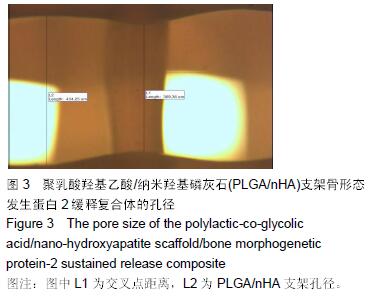

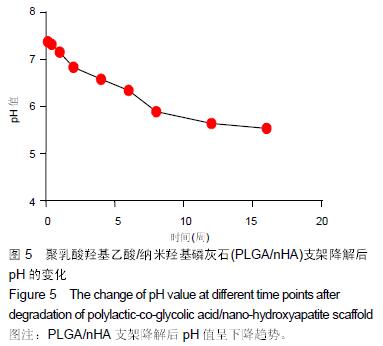
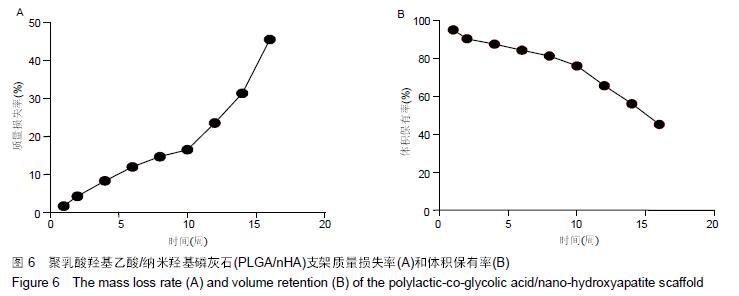
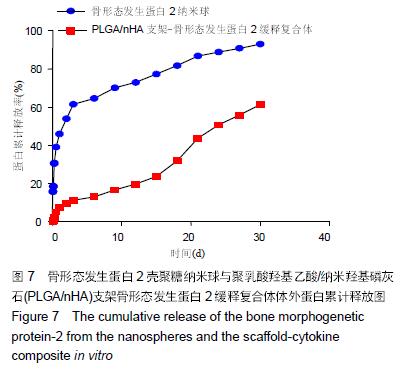
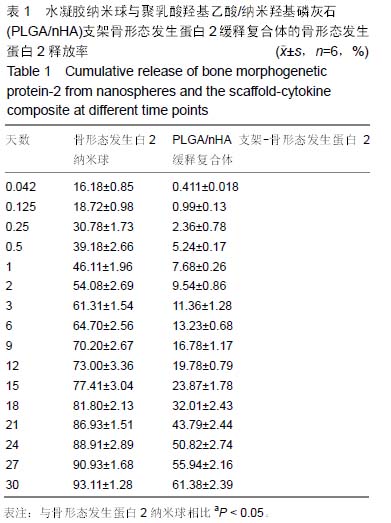
.jpg)
.jpg)